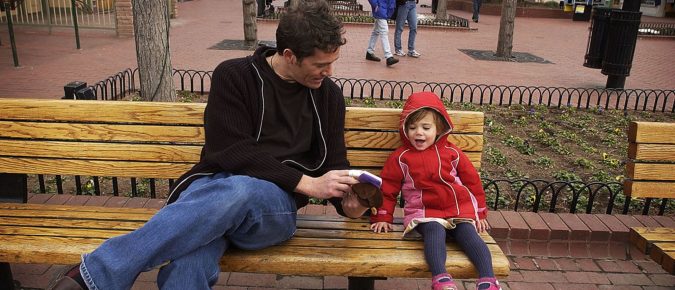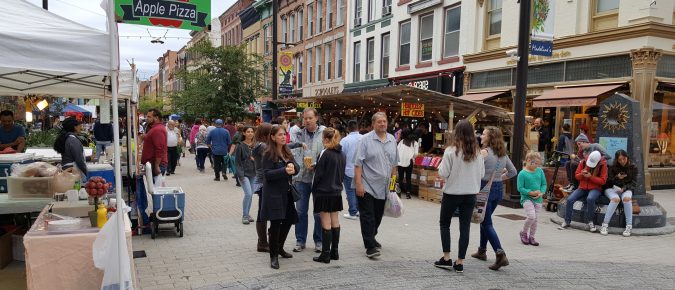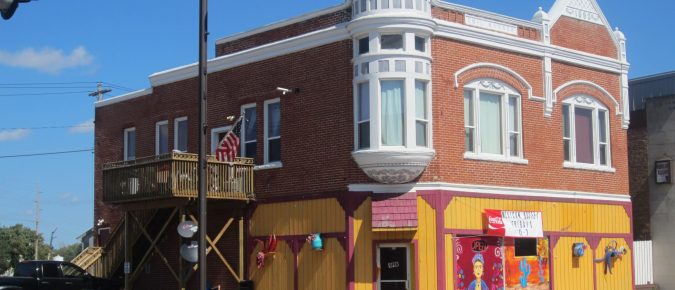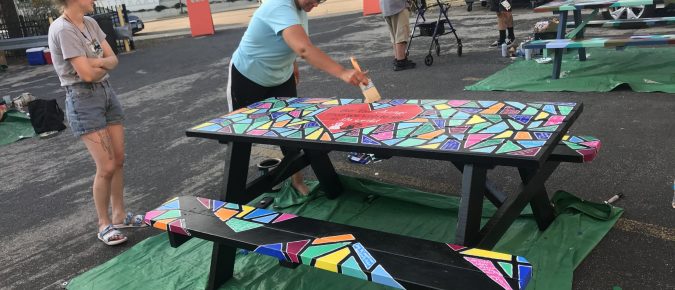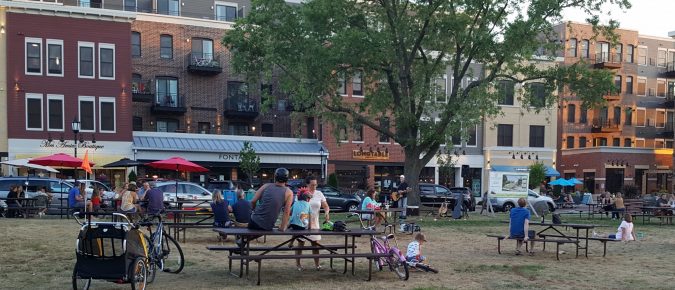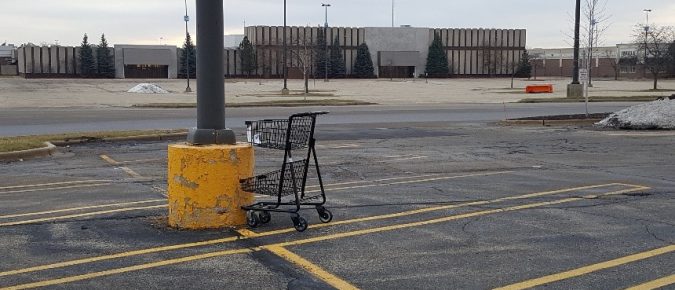Hotels provide an important service to our communities and represent a significant economic engine for jobs, business revenue, and taxes. Plus, they often serve as a gateway to a community, influencing perceptions of the broader community.
Since its inception, members of the American Downtown Revitalization Review’s (ADRR) Board have engaged in a near-continuous e-mail dialogue about a wide range of issues, trends and opportunities that do not, in our opinions, always receive the attention they need and deserve in other media outlets and industry publications. The vitality of these conversations is evident in the number who join and/or read these back-and-forths more than two years after the ADRR’s launch; indeed, over time, non-Board members have added to the ferment with their own observations and insights.
From local angel investment groups to retail condos, communities are experimenting with new economic development tools (and putting a new spin on some old ones) to stimulate and support commercial district business and property development. This article summarizes a recent presentation by Kennedy Smith that highlights a number of promising tools. Also presented here are strategies for putting them to work in your revitalization program.
June 2021 — This topic in Downtown Economics summarizes key points or “takeaways” from the recent webinar titled Shaping Downtown after COVID 19. The well-attended webinar highlighted examples of successful initiatives in four cities: Ithaca, New York, and Appleton, Eau Claire, and La Crosse Wisconsin. The following takeaways are presented without significant editing. You may […]
January 2021 — Small towns and rural communities across Wisconsin have markedly different experiences when it comes to their downtowns and main streets. Over the last decade, some Wisconsin communities have seen their downtown district become a lifeline to a rural renewal, while others have experienced decline defined by an exodus of businesses and disinvestment […]
An Innovative Response to COVID-19 October 2020 — If we have gained anything from the pandemic, one of the most important and hopefully long-lasting is the successful collaboration of public and private sectors. Place makers, community organizers, and city officials have all had to become more creative and think further outside the box than we […]
Restaurants have become a key element in the business mix of downtowns throughout Wisconsin and the U.S. Their growth has helped reestablish downtown as the central social district of our communities and they have been a major employer and a visible example of entrepreneurship at work.
(Image Source: Jakob Braun / Unsplash) April 2020 — In May 2016 when Travis Gaarder purchased the downtown property at 111 4th Street North, he began his plan for improvements. The two-story building was only assessed at $45,300 and both floors were vacant. The last known tenant on the first floor was in the 1980s […]
The US is significantly oversupplied with retail space. We have as much as 10-times the square feet per person as Germany. This has contributed to as many as 10,000 store closures this year. Smaller community malls have been hurt the most. Those that remain open typically operate at a vacancy rate of 10% or more. […]
(Image Source: Frank Busch / Unsplash) July 2019 — Walkability is a measure of how friendly an area is for walking. Factors influencing walkability include the presence or absence and quality of footpaths, sidewalks, or other pedestrian rights-of-way, traffic and road conditions, land use patterns, building accessibility, distance, and safety. The friendlier a place, the […]
(Image Source: Claudio Schwarz / Unsplash) December 2018 — The three largest dollar store chains, Dollar General, Family Dollar, and Dollar Tree, have found ways to stay relevant in the changing, post-Great Recession. As the popularity of online shopping is increasing, some large retailers, like Sears and JC Penney, have closed many of their stores. […]
April 2018 — Downtowns traditionally provide shopping, entertainment, social, and employment opportunities, as well as property tax revenue, for their respective municipalities. For residents, visitors, and local governments, downtowns can also serve as an indicator of the economic health of the entire community.As technology advances and the population ages, the roles of many downtowns are […]


